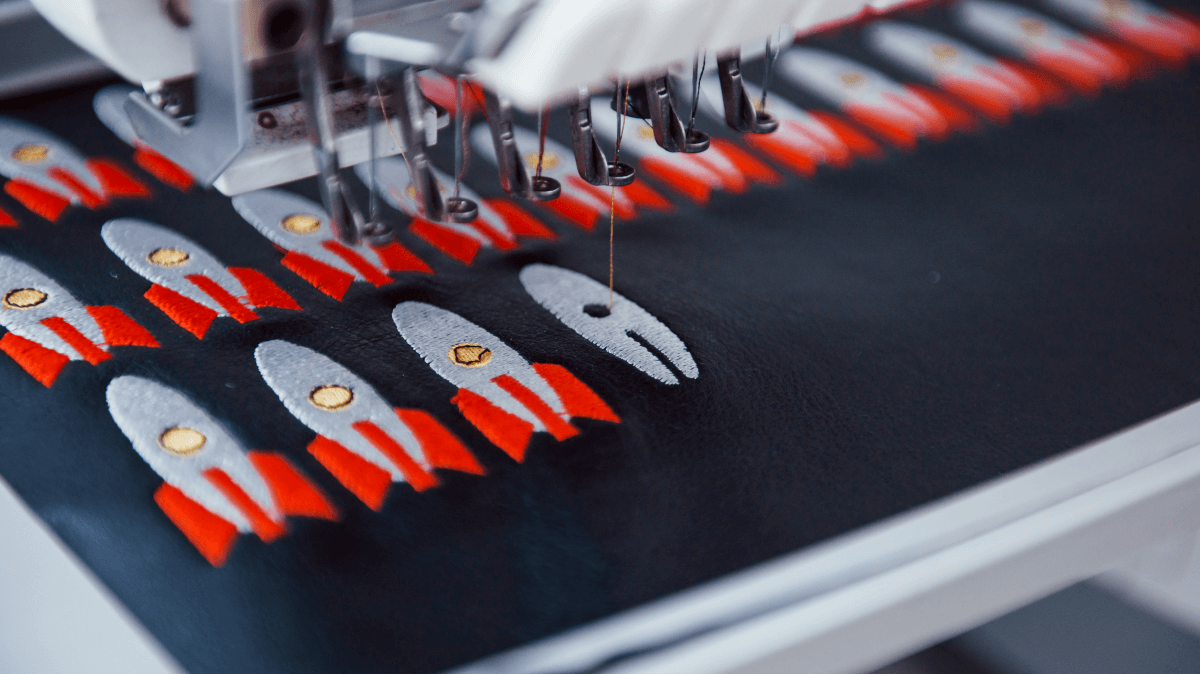Research and Development (R&D) Tax Incentive for Industry 4.0 | Aeronautics Case Study
Multiple technical innovations and improvements have swept through the aeronautics industry in the past few years. When combining big data analytics with real time sensors and machine monitoring equipment, businesses are enabled to make informed decisions regarding quality control, maintenance scheduling, and improved production processes. Smart robots can access high heat and electrical areas to increase safety on the production floor while increasing the speed of production. Parts can be designed faster and require less materials, resulting in a smaller, lighter, and less expensive parts when additive manufacturing is properly implemented.
Outlined below are some examples of aeronautics companies that have successfully implemented Industry 4.0 technologies into their day-to-day operations.
Airbus
Airbus is a leader in the design, manufacturing, and delivery of aerospace products, services, and solutions. They have over 130,000 employees that build innovative commercial aircrafts across the world.
Airbus partnered with Accenture to develop smart glasses to decrease the mistakes made and time required to outfit an Airbus aircraft. The smart glasses allow the operators to see the specific cabin plan, customer requirements, and marking zone. With the new technology, operators mark the cabin floors more quickly and error rates have been reduced to essentially zero. The smart glasses are interconnected to other technologies that enable barcode scanning, cloud data retrieval, voice command, and augmented reality functionalities.[1]
The Airbus A330 is a wide-body aircraft that has been around since the 1970s. Before the introduction of smart glasses, it took three people three days to mark the equipment positions on the cabin floor. The process required analysis of complex drawings and measurement conversions. Now with smart glasses, the same process takes one person six hours to complete with significant reductions in placement errors. In total the smart glasses cut the labour time to outfit an Airbus aircraft by more than 90%. With the success of smart glasses in the Airbus A330 assembly, Airbus expanded the use of smart glasses to mounting flight test equipment.[2]
Safran Group
Safran Group is a legacy aerospace manufacturer operating in aerospace propulsion, aircraft equipment, defence, aerosystems, and aircraft interiors. It has more than 76,000 employees in 31 countries. Within Australia, Safran Group is focused on the aerospace and defence segments.
Safran Group has embraced Industry 4.0 advancements with the digital transformation of its manufacturing facilities across the globe. Manufacturing practices at Safran are being transformed with:
- Virtual reality which enables employees to produce virtual models of facilities to anticipate needs and risks with greater accuracy.
- 3D simulation produces entire facility models to test resistance and functions before facility designs are finalised.
- Closed door machining utilises autonomous robotic machines to maximize productivity and free up operators to focus on higher value-added tasks.
- Collaborative robots, or “cobotics”, have been introduced to the Transducer Unit assembly line to combine the robot’s strength, precision and repetition abilities with human added values of historical knowledge, analysis and decision-making abilities.
- Big Data is optimising custom monitoring and improving manufacturing efficiencies with detailed analytics based on real-time data.
- Additive Manufacturing capabilities are being brought together at the Safran Additive Manufacturing Campus. The facilities will include a materials characterization laboratory, experimentation rooms, digital simulation tools, and data connectivity to continuously improve process controls and part quality.[3]
How R&D Tax Incentive helps in Industry 4.0?
While Industry 4.0 technologies will provide financial benefits in the long run, the initial investment outlay can be quite costly. The Research & Development Tax Incentive (RDTI) can potentially alleviate some of the cost burdens in the short term. Companies whose investments in Industry 4.0 technologies align with the eligibility criteria outlined by the RDTI can use the tax incentive to help with short term cash flow.
If your company is investing in Industry 4.0, it is important to determine if your investment in new technologies will qualify for the RDTI. Azure Group’s Grant specialists are available to evaluate RDTI potential and guide your company through the application process while minimising business interruptions so you and your team can focus on what you do best. Get in touch.
Related: Industry 4.0 | Why it matters & How you apply R&D
Why Azure Group?
At Azure Group, our personal touch is the key to unlocking exceptional outcomes for our clients. To assist you in accessing the maximum possible refund under the Government Grant scheme, Azure Group has a team of experienced Grant specialists who meet with you to understand your product and services in more detail to unlock the true value of your activities.
Azure Group team has assisted many startups and SMB's in claiming Government Grants. As champions of the technology and emerging growth sector, we are proud of our success in obtaining R&D Tax Incentive (RDTI) for our clients. Beyond RDTI we uphold a reputation for being experts in the tech sector working with
innovative clients across a range of disciplines. Feel free to contact Azure Group to check your eligibility.
Have you noticed our #FridayExpertTips... here's one that relates to #R&D
"To apply for the R&D Tax Incentive you need to conduct research in a scientific way. The R&D program offers a generous tax offset for companies investing their time and effort in conducting eligible R&D. Talk to our team."
[1] https://www.accenture.com/au-en/case-studies/aerospace-defense/airbus-wearable-technology
[2] https://www.airbus.com/en/newsroom/news/2017-03-airbus-sees-the-future-through-the-vision-of-smart-glasses
[3] https://www.safran-group.com/news/3d-printing-safran-plant-rises-ground-2020-12-03
[4] https://www.safran-group.com/news/factory-40-competitiveness-factor-safran-lever-transform-aeronautics-sector-2019-06-18
This article is intended to provide general information only, and is not to be regarded as legal or financial advice. The content is based on current facts, circumstances, and assumptions, and its accuracy may be affected by changes in laws, regulations, or market conditions. Accordingly, neither Azure Group Pty Ltd nor any member or employee of Azure Group or associated entities, undertakes responsibility arising in any way whatsoever to any persons in respect of this alert or any error or omissions herein, arising through negligence or otherwise howsoever caused. Readers are advised to consult with qualified professionals for advice specific to their situation before taking any action.








Comment